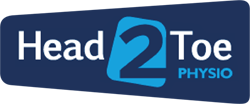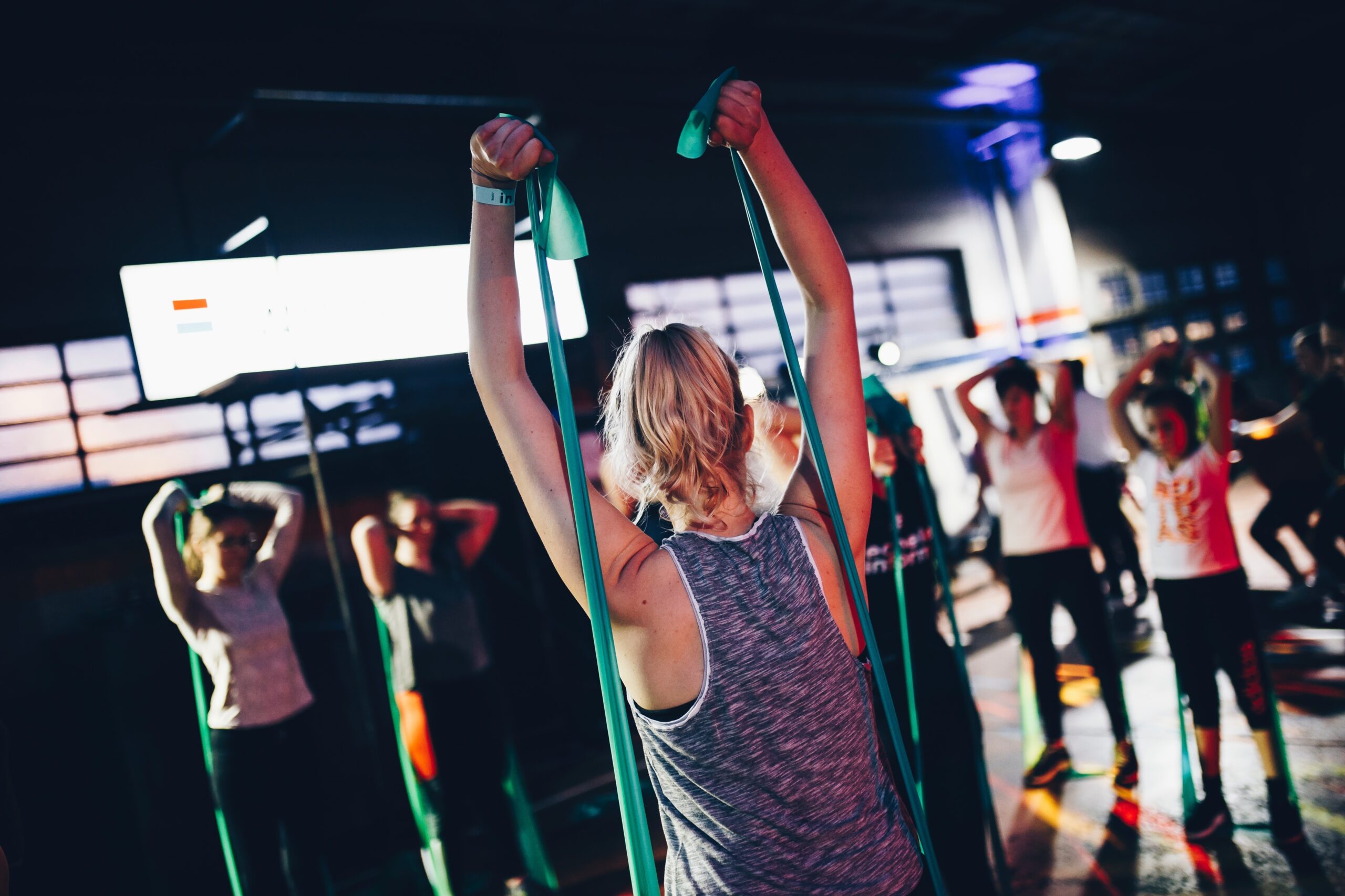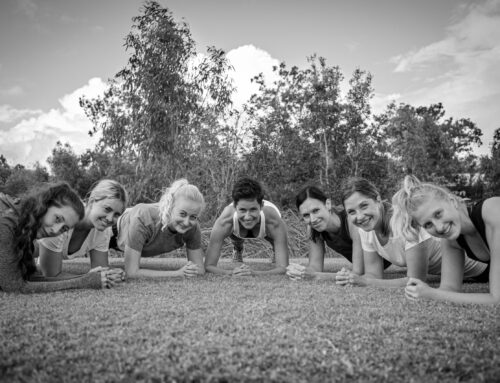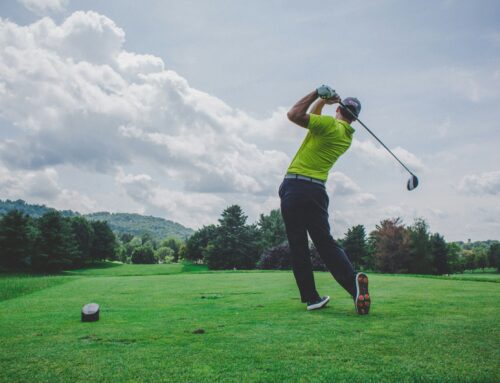Muscle Atrophy in Menopause: The Vital Role of Physiotherapy
Hello again! It’s Anna from Head2Toe Physio. I wanted to talk about the loss of muscle that often accompanies menopause. This blog post follows on from my previous ones, on menopause and exercise and menopause and tendon pain.
Menopause brings about various physical changes for women, including the increased risk of muscle atrophy. In this blog, we will look into the connection between menopause and muscle atrophy, and more importantly, how physiotherapy can play a pivotal role in mitigating its effects.
Menopause is primarily characterised by a decline in oestrogen levels. Oestrogen plays a crucial role in maintaining muscle mass and strength, and its reduction can lead to muscle loss. As people age, they naturally experience a decrease in muscle mass. This is a term called Sarcopenia, which is a progressive loss of muscle strength, mass and function. This affects men and women and it is estimated muscle weakness costs the NHS 2.5 billion annually!
How important is Diet?
Diet of course is very important. Over 65 years it is recommended 1-1.2kg minimum RDA (recommended daily amount) of protein. This can be in the form of lean red meat, fish, poultry, egg, milk, cottage cheese and protein supplements as an example. But essentially a protein source is recommended in every meal, particularly breakfast.
How important is Exercise?
The introduction of exercise, specifically through resisted muscle training has been found to be effective in increasing muscle mass no matter what your age. The use of weights or resistance bands can easily be used at home or in the gym setting. So it’s never too late to start!
Can Physio Help?
Physiotherapy can help to address joint pain and discomfort, allowing women to stay active and combat muscle atrophy. As physiotherapists we can design personalised strength training programs, tailored to any physical limitations to help menopausal women regain and maintain muscle mass and strength. Physiotherapy also focuses on functional exercises that improve balance and coordination, reducing the risk of falls.
Muscle atrophy during menopause is a real concern, but it’s not a fate that women have to accept. Here at Head2Toe we can offer an effective and tailored approach to counteract muscle loss, improve strength, and enhance the overall quality of life during this transitional phase. We take into consideration any other injuries or medical issues you may have. With the right support and dedication, it’s possible to maintain a strong and healthy body through menopause and beyond.
What kind of Exercises will you give me
This really depends on what you and your Head2Toe Physio find on assessment. We can keep them simple or make them harder depending on what’s required and what level you’re currently at.

The pictures above shows some sample, simple balance, calf and leg strength exercises.
All our Physiotherapists are highly qualified, experienced, with a variety of post graduate specialisations. If you or anyone you know would like to have a physiotherapy assessment with the team at Dorking , Leatherhead or Crawley , book online here or contact us here.
This blog post is guest written by Anna Watson, Senior Physiotherapist, Dorking, Leatherhead, & Crawley Clinics.






